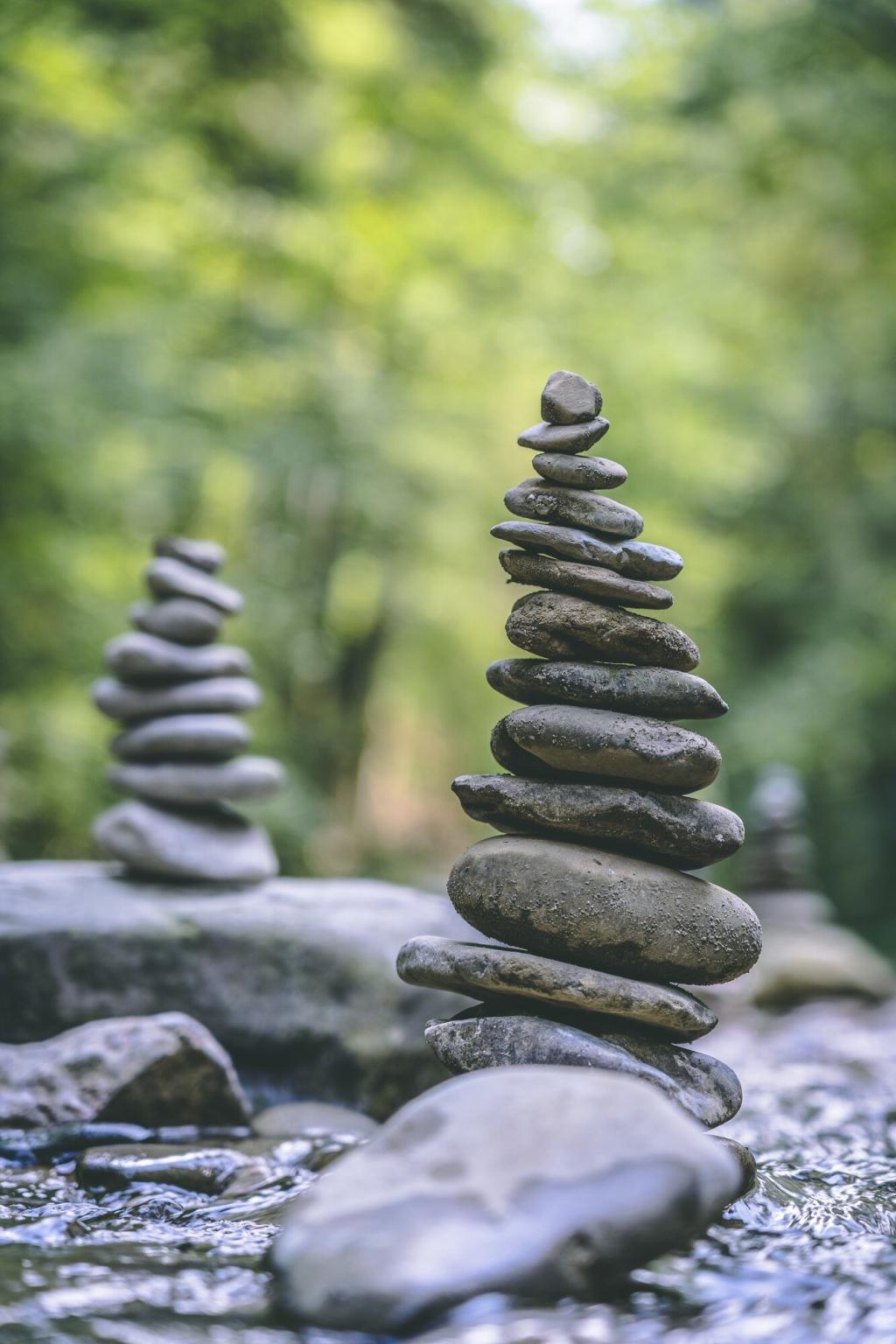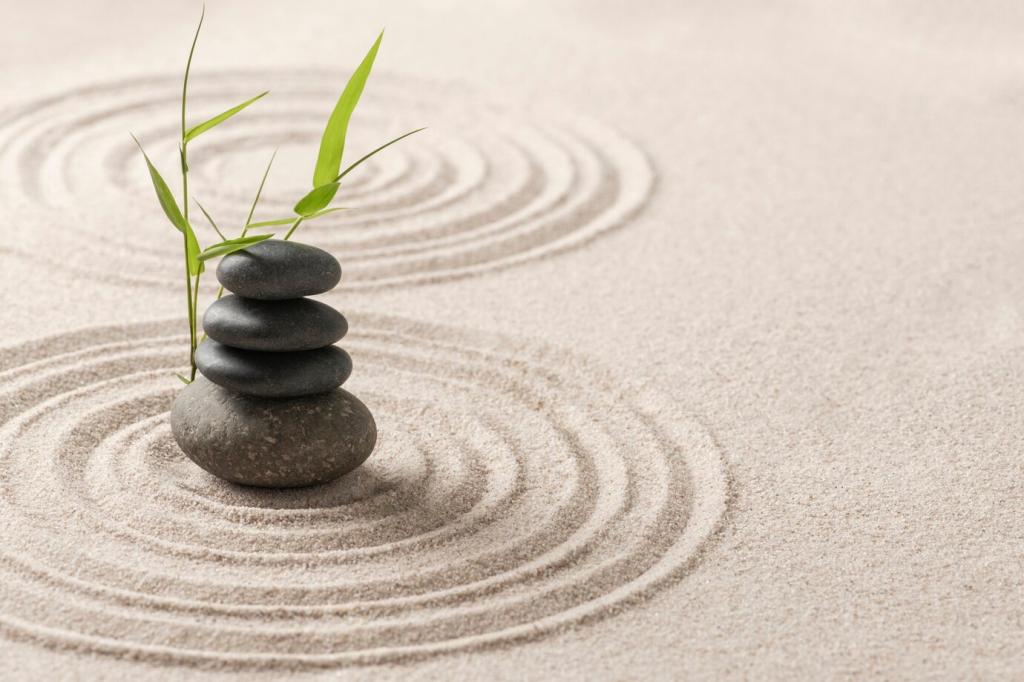Variations to Keep It Fresh
Try scanning while standing, noticing pressure through the soles, calves, and hips, or walk slowly and feel shifting weight. This variation adds alertness and transforms routine moments—waiting in line becomes a training ground for grounded presence.
Variations to Keep It Fresh
Layer in phrases like “may this area be at ease” as you meet tension. Gentle words soften internal resistance and help cultivate friendliness toward difficult sensations. Over time, compassion becomes the default tone of your attention, not an afterthought.











